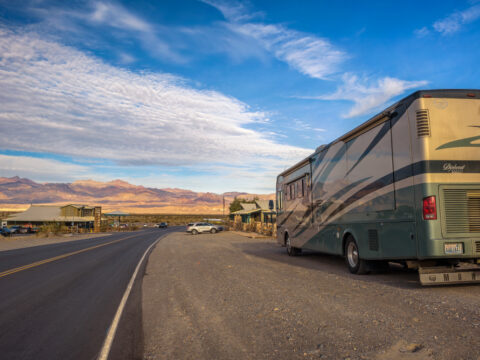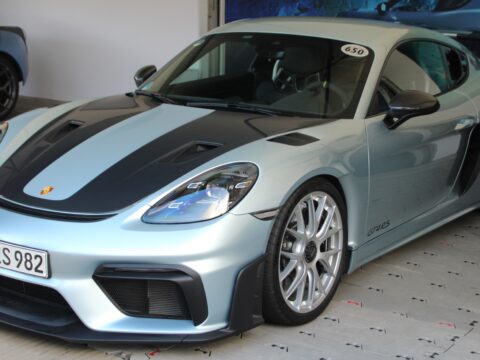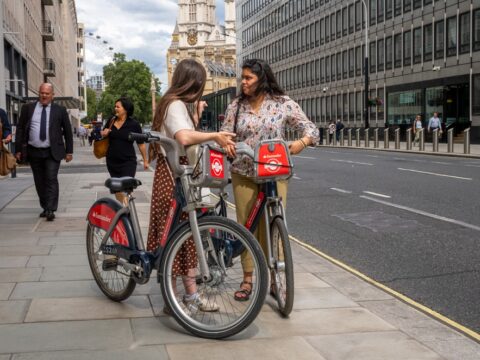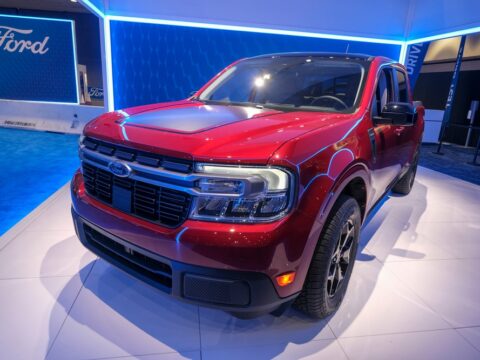France has a rich history of producing some of the most stylish and innovative cars in the automotive world. From elegant design to cutting-edge technology, French manufacturers have created vehicles that are highly coveted. Here are some times the French built highly desirable cars, highlighting their unique contributions to the industry.
Contents
1934 Citroën Traction Avant
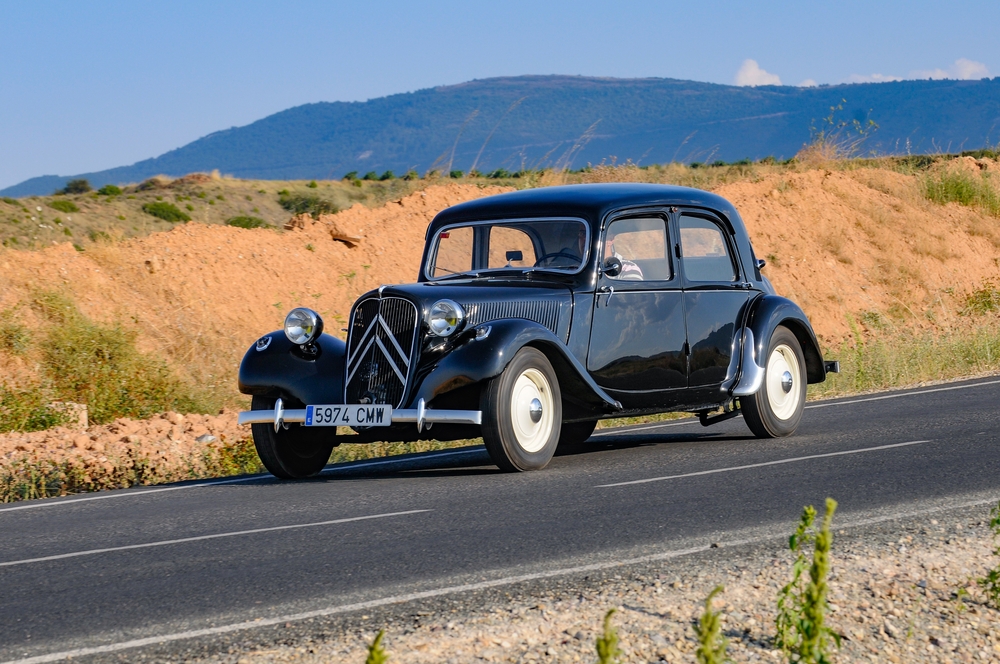
In 1934, Citroën introduced the Traction Avant, a revolutionary car featuring front-wheel drive, a unitary body with no separate frame, and independent suspension. These innovations provided better handling and stability, making it highly desirable. The Traction Avant came with various engine options, including a 1.3-liter inline-four and a 2.9-liter inline-six. Its sleek, aerodynamic design and advanced engineering set new standards for the automotive industry.
1936 Bugatti Type 57SC Atlantic
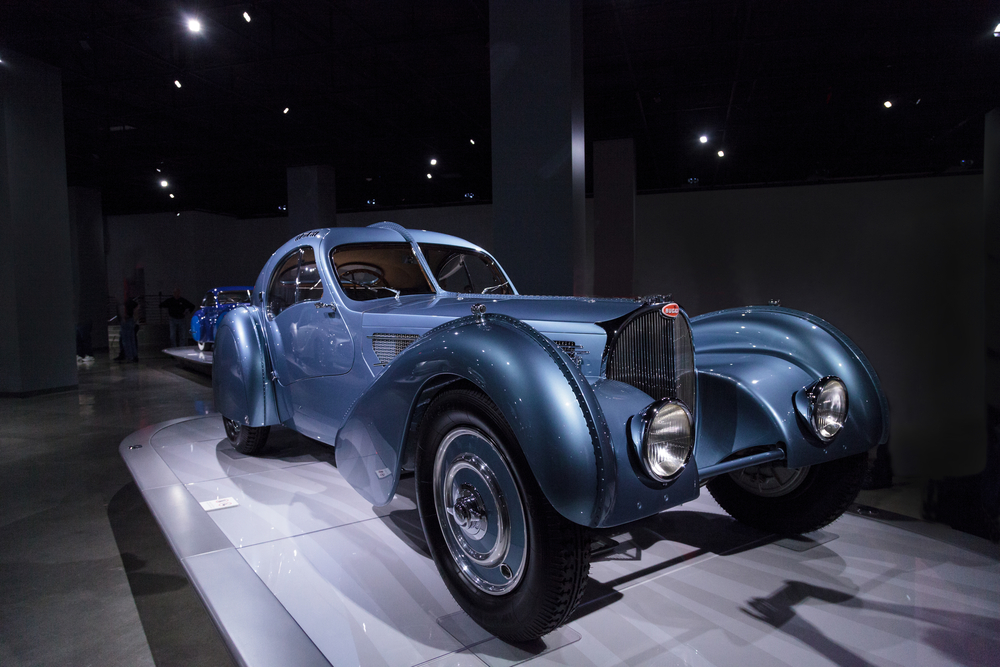
The Bugatti Type 57SC Atlantic, produced in 1936, is one of the most beautiful and valuable cars ever made. It featured a 3.3-liter straight-eight engine producing 200 horsepower. The car’s stunning design, with its signature riveted seams and flowing lines, made it highly desirable. Only four were made, making it one of the rarest and most coveted cars in the world.
1955 Citroën DS
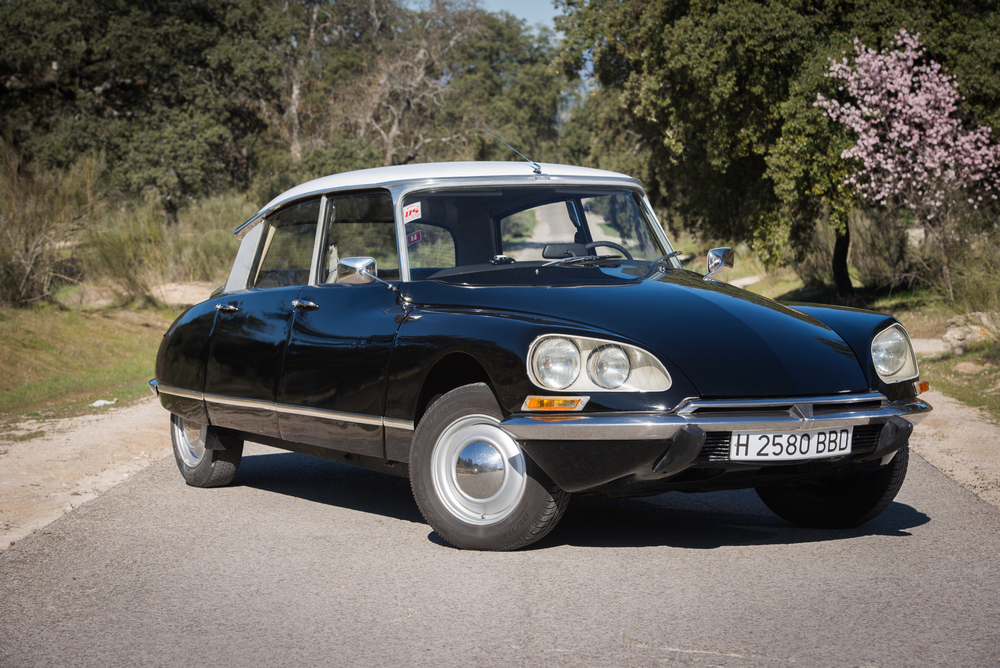
Introduced in 1955, the Citroën DS was a groundbreaking car known for its futuristic design and advanced technology. It featured a hydropneumatic suspension system, which provided an incredibly smooth ride. The DS came with various engine options, including a 1.9-liter inline-four. Its aerodynamic shape, innovative features, and unique styling made it a highly desirable car that was ahead of its time.
1961 Renault 4
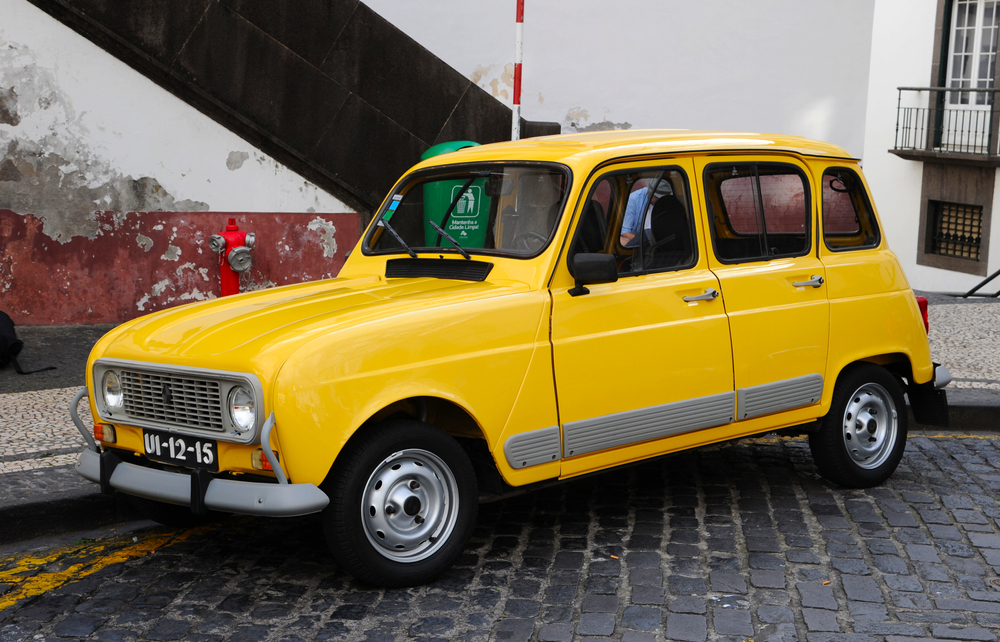
The Renault 4, introduced in 1961, was a practical and versatile car that became a global success. It featured a simple yet robust design with a 0.7-liter to 1.1-liter inline-four engine range. The Renault 4’s spacious interior, excellent fuel economy, and rugged construction made it highly desirable as an affordable and reliable family car, especially in rural areas.
1964 Alpine A110
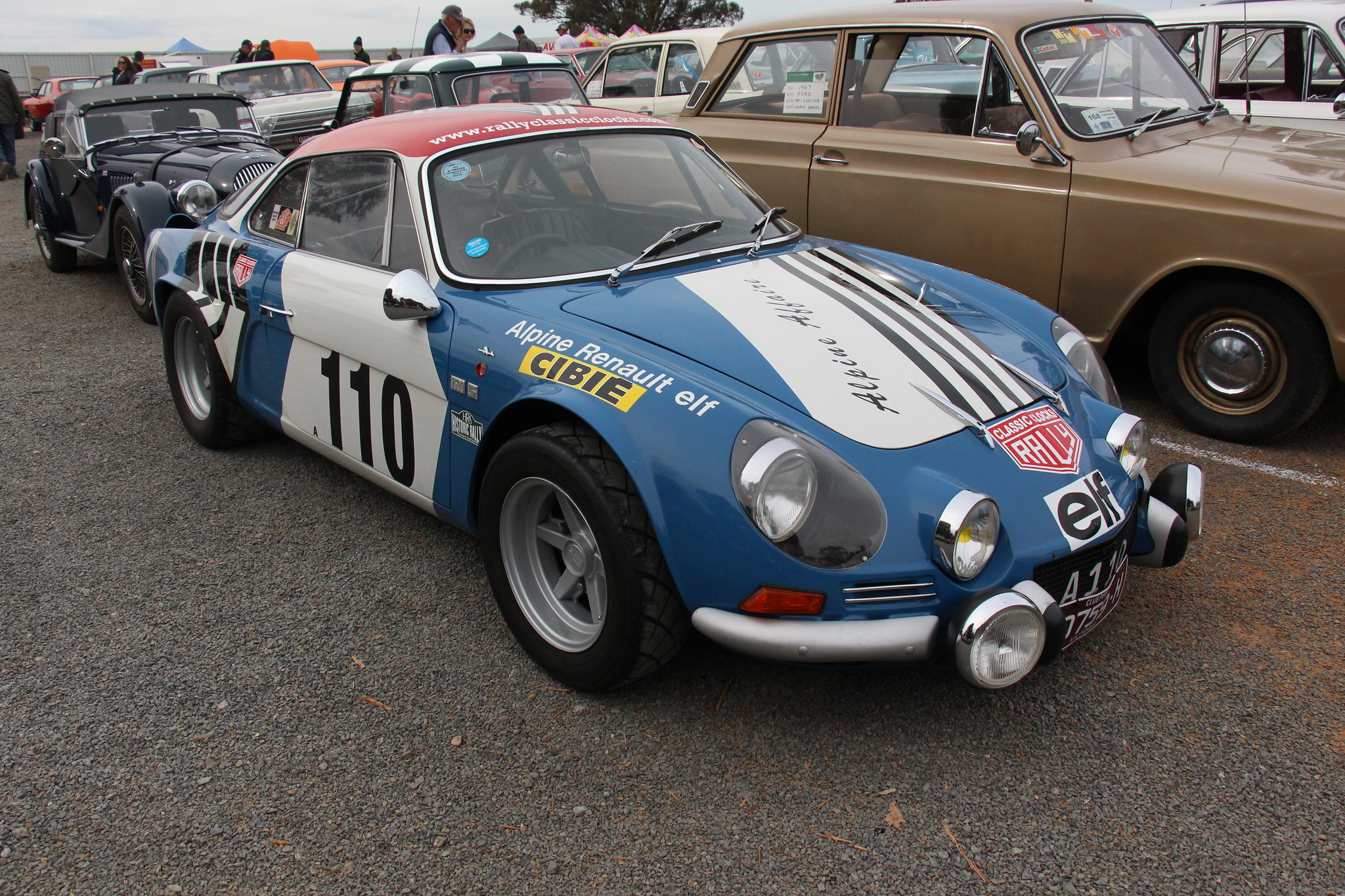
The Alpine A110, launched in 1964, is a lightweight, agile sports car that became famous for its rallying success. It featured a rear-mounted 1.1-liter to 1.6-liter inline-four engine, producing up to 138 horsepower in later models. The A110’s sleek design, excellent handling, and racing pedigree made it a highly desirable car among enthusiasts and collectors.
1968 Citroën Méhari
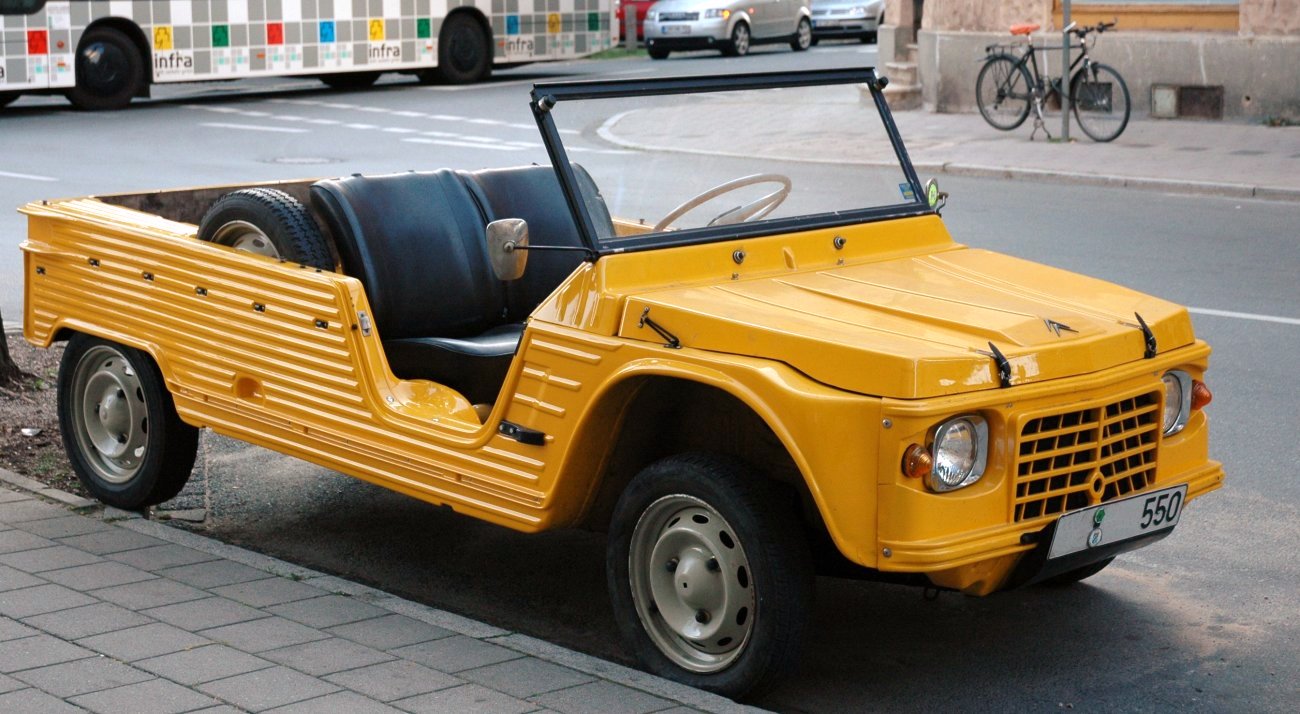
In 1968, Citroën introduced the Méhari, a unique, lightweight off-road vehicle made from ABS plastic. It featured a 0.6-liter two-cylinder engine producing 28 horsepower. The Méhari’s simple, rugged design and versatility made it highly desirable for beachgoers, farmers, and adventurers. Its ability to handle rough terrain and easy maintenance added to its appeal.
1970 Citroën SM
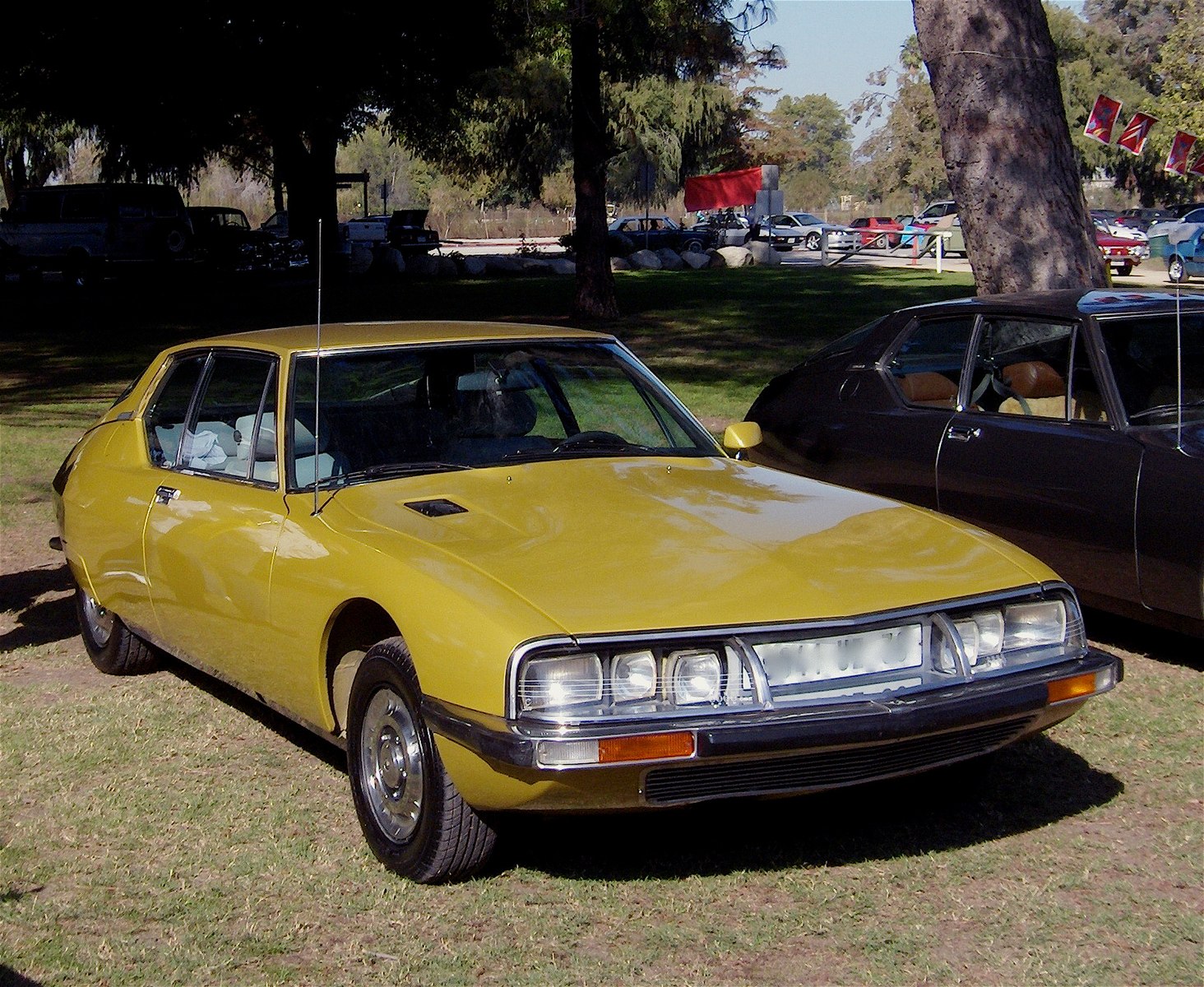
The Citroën SM, introduced in 1970, was a luxurious grand tourer combining Citroën’s innovative technology with Maserati’s performance. It featured a 2.7-liter V6 engine producing 170 horsepower. The SM’s hydropneumatic suspension, advanced aerodynamics, and futuristic design made it highly desirable as a high-performance luxury car with a unique blend of comfort and speed.
1971 Renault 5

The Renault 5, launched in 1971, was a compact and stylish hatchback that became immensely popular. It featured a range of engines from 0.8-liter to 1.4-liter inline-four, providing excellent fuel economy and performance for its size. The Renault 5’s modern design, practicality, and affordability made it highly desirable, becoming a best-seller in many markets.
1973 Matra-Simca Bagheera
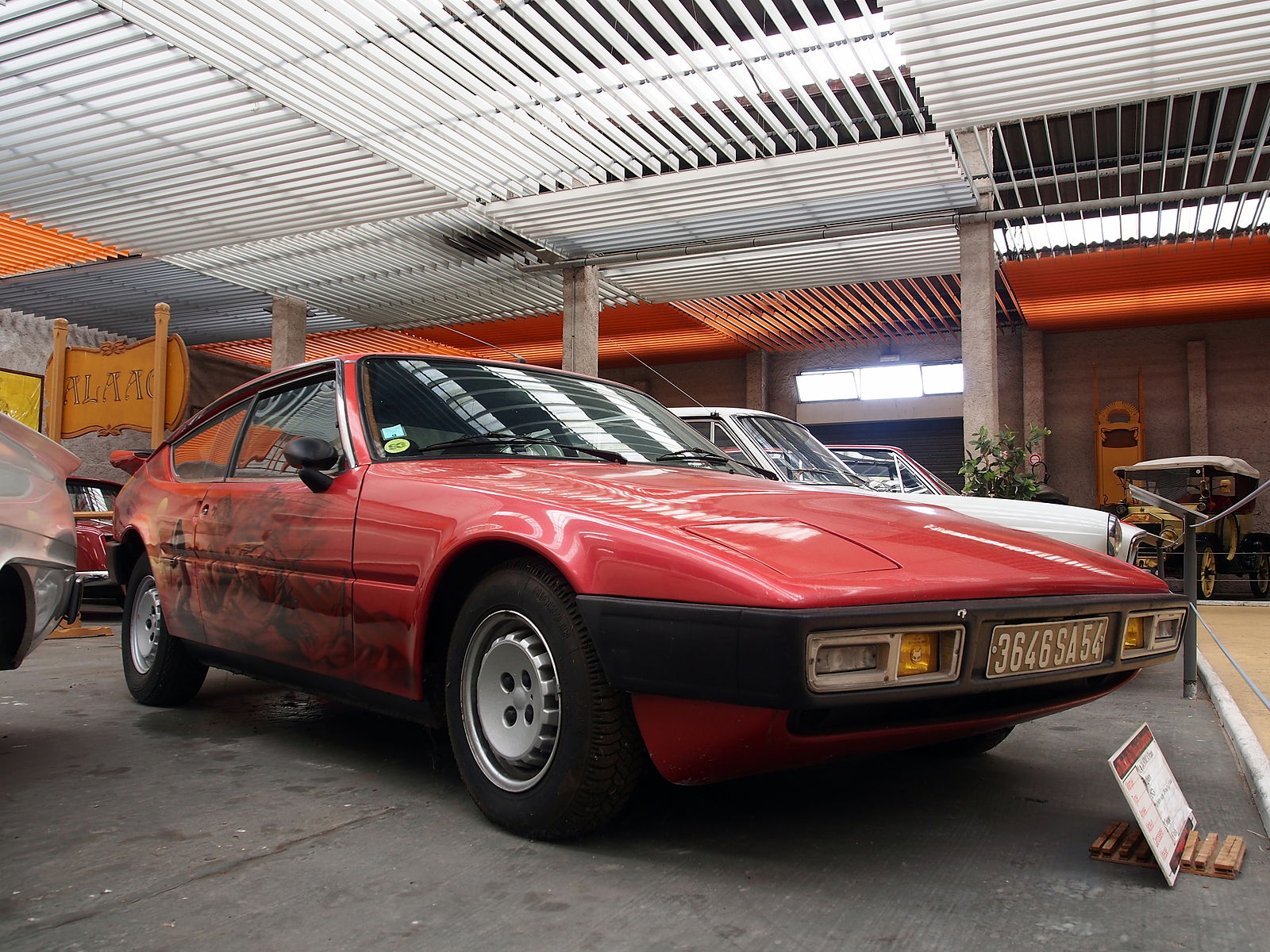
The Matra-Simca Bagheera, introduced in 1973, was a striking sports car with a unique three-seat configuration. It featured a mid-mounted 1.3-liter or 1.5-liter inline-four engine. The Bagheera’s sleek, aerodynamic design and innovative interior layout made it highly desirable among sports car enthusiasts looking for something different.
1980 Renault Fuego
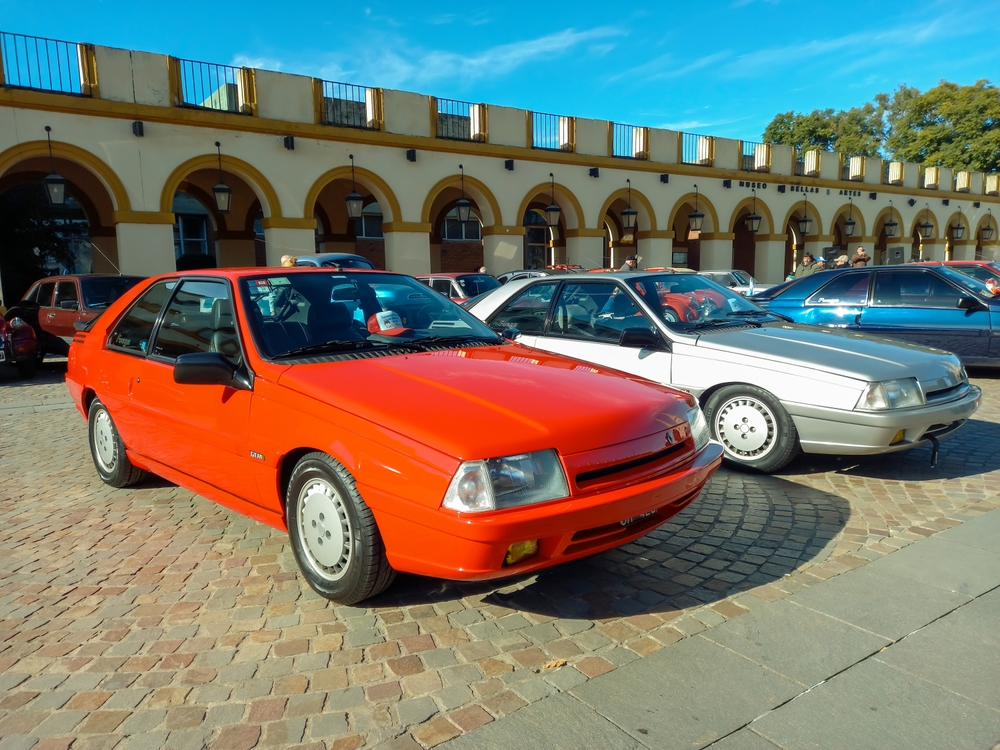
The Renault Fuego, launched in 1980, was a stylish coupe with a distinctive design. It featured a range of engines from 1.4-liter to 2.2-liter inline-four, offering good performance and fuel efficiency. The Fuego’s futuristic styling, comfortable interior, and advanced features, such as turbocharging in later models, made it highly desirable during its production run.
1984 Peugeot 205 GTI
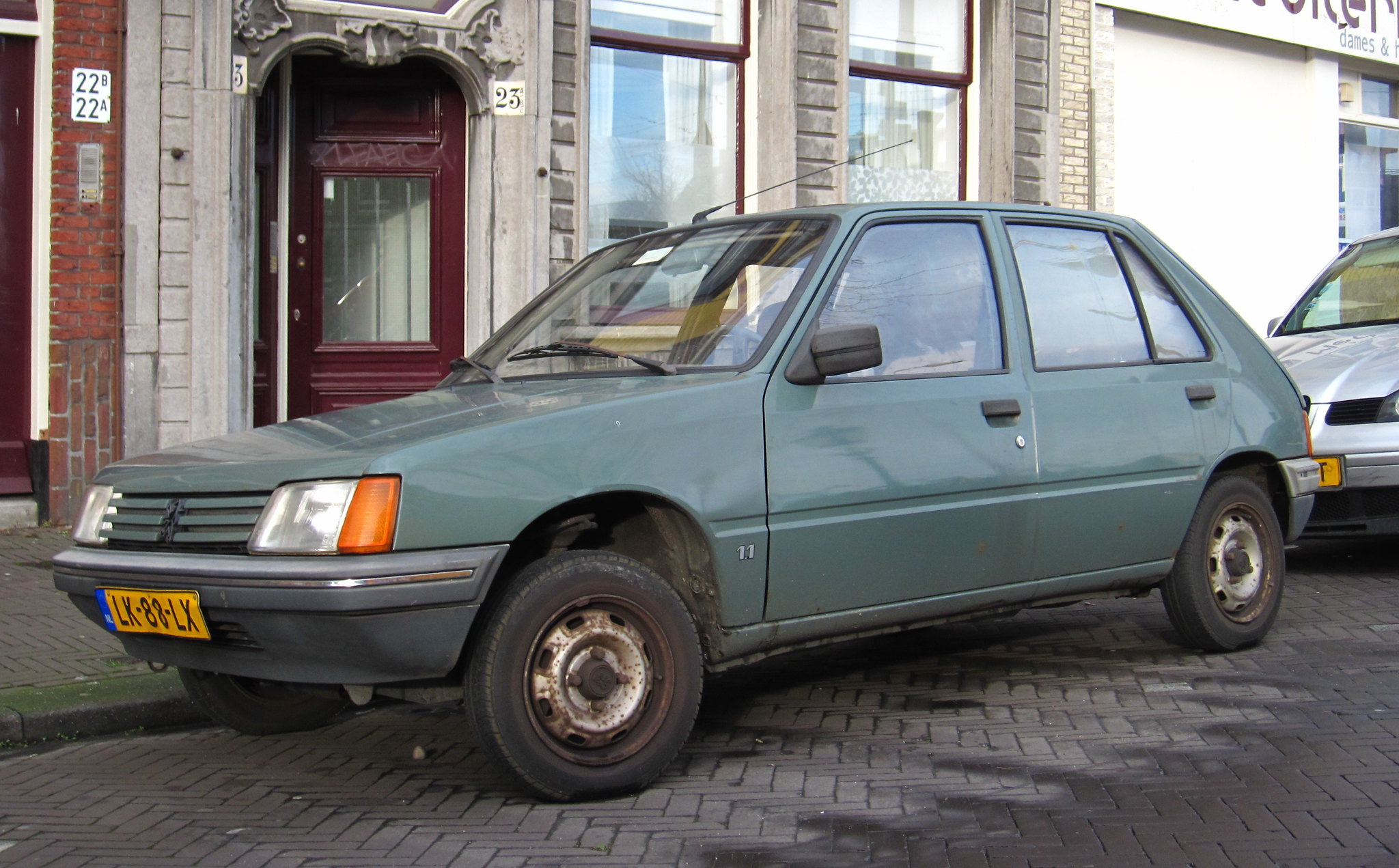
The Peugeot 205 GTI, introduced in 1984, is considered one of the best hot hatches of all time. It featured a 1.6-liter or 1.9-liter inline-four engine, producing up to 130 horsepower. The 205 GTI’s lightweight construction, sharp handling, and spirited performance made it highly desirable among driving enthusiasts, earning it a legendary status.
1986 Renault Espace
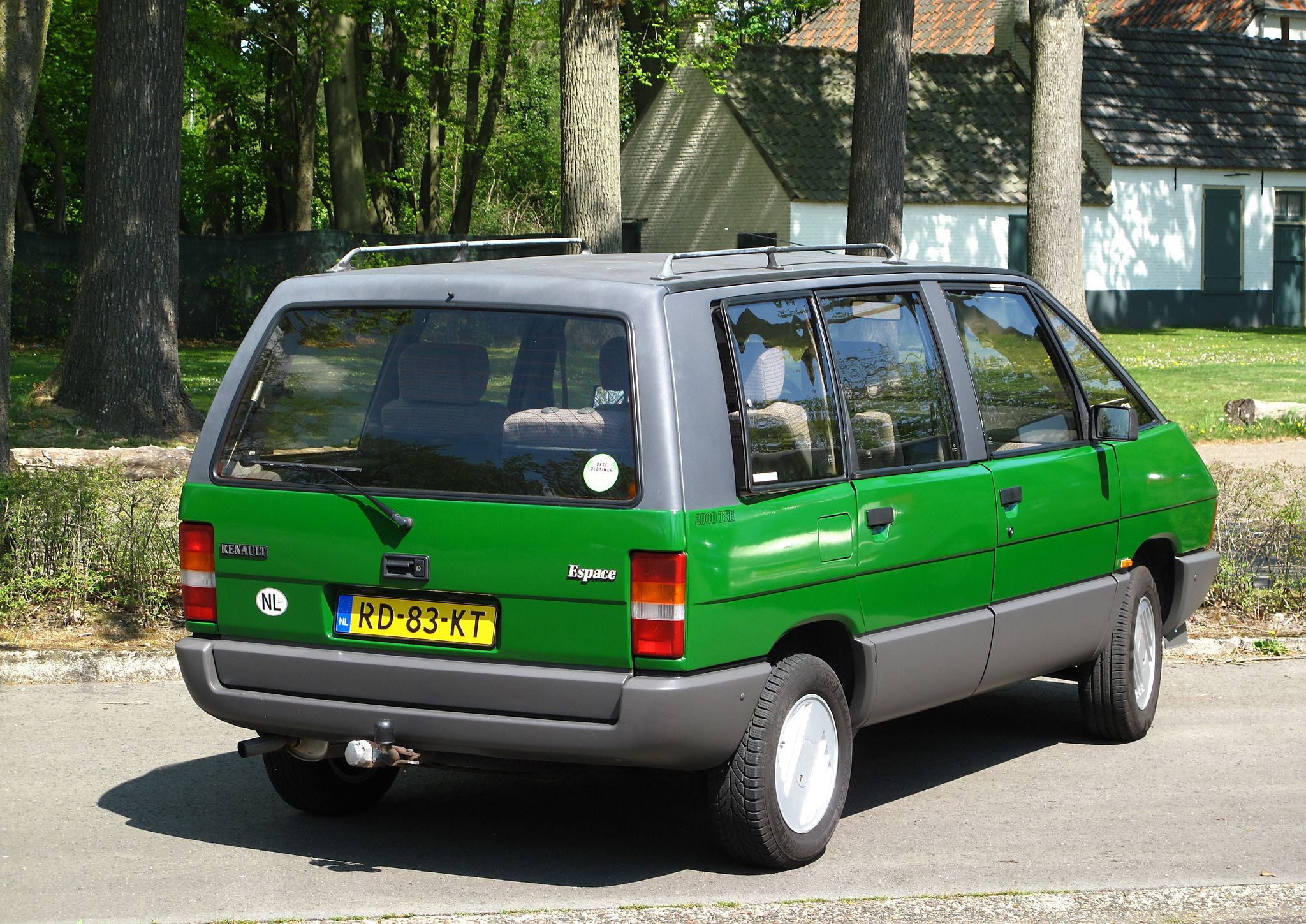
The Renault Espace, launched in 1986, was one of the first minivans and revolutionized family transportation. It featured a spacious, modular interior and a range of engines from 1.6-liter to 2.8-liter. The Espace’s practicality, comfort, and innovative design made it highly desirable for families, setting the standard for modern minivans.
1987 Citroën BX 4TC

The Citroën BX 4TC, introduced in 1987, was a limited-production homologation special designed for Group B rallying. It featured a 2.1-liter turbocharged inline-four engine producing 200 horsepower. The BX 4TC’s unique design, advanced hydropneumatic suspension, and rally heritage made it highly desirable among collectors and rally enthusiasts.
1990 Venturi Atlantique
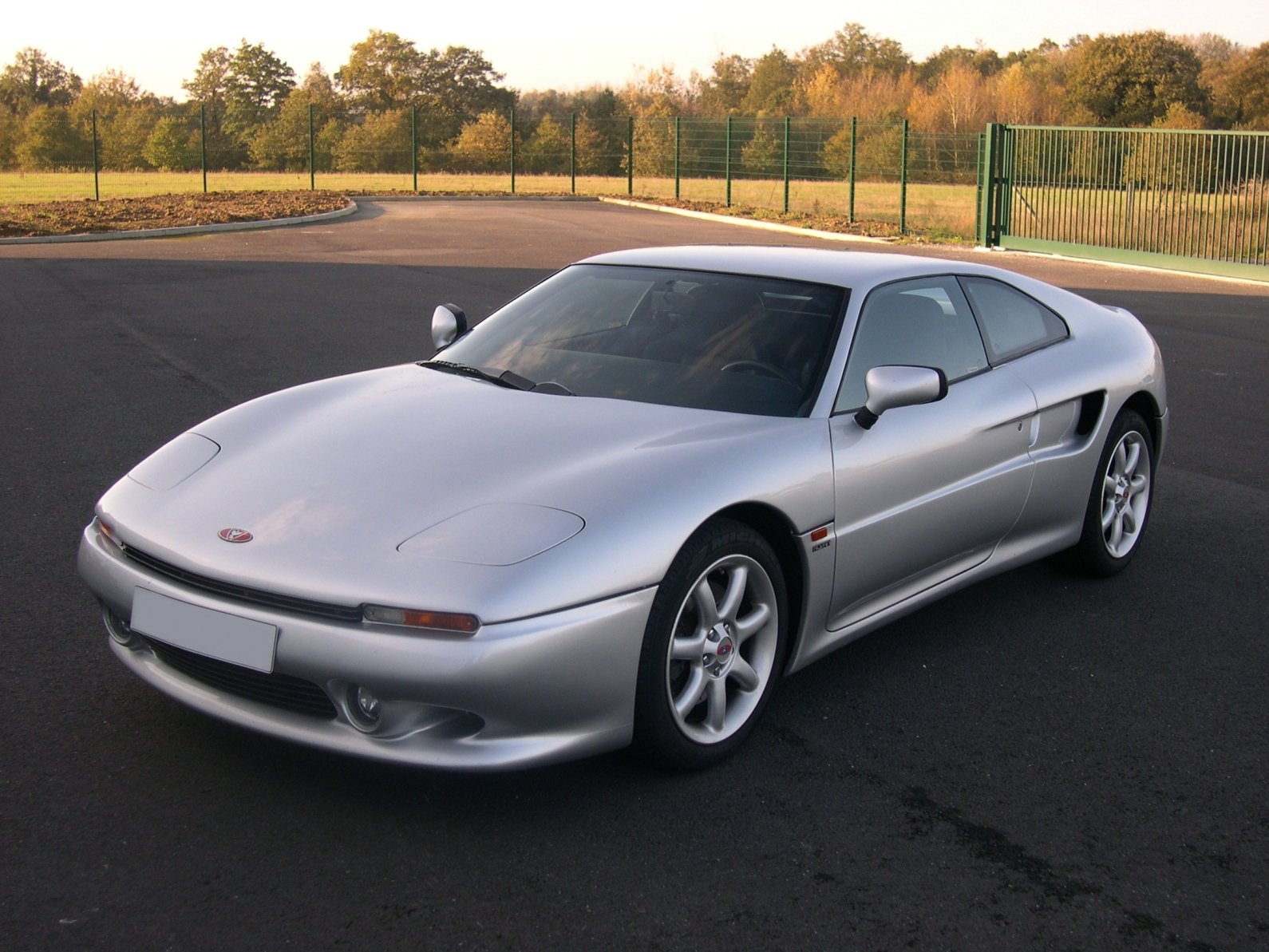
The Venturi Atlantique, launched in 1990, was a French sports car that combined performance with luxury. It featured a mid-mounted 2.8-liter or 3.0-liter turbocharged V6 engine, producing up to 281 horsepower. The Atlantique’s sleek design, high-quality interior, and impressive performance made it highly desirable among sports car aficionados.
1992 Bugatti EB110
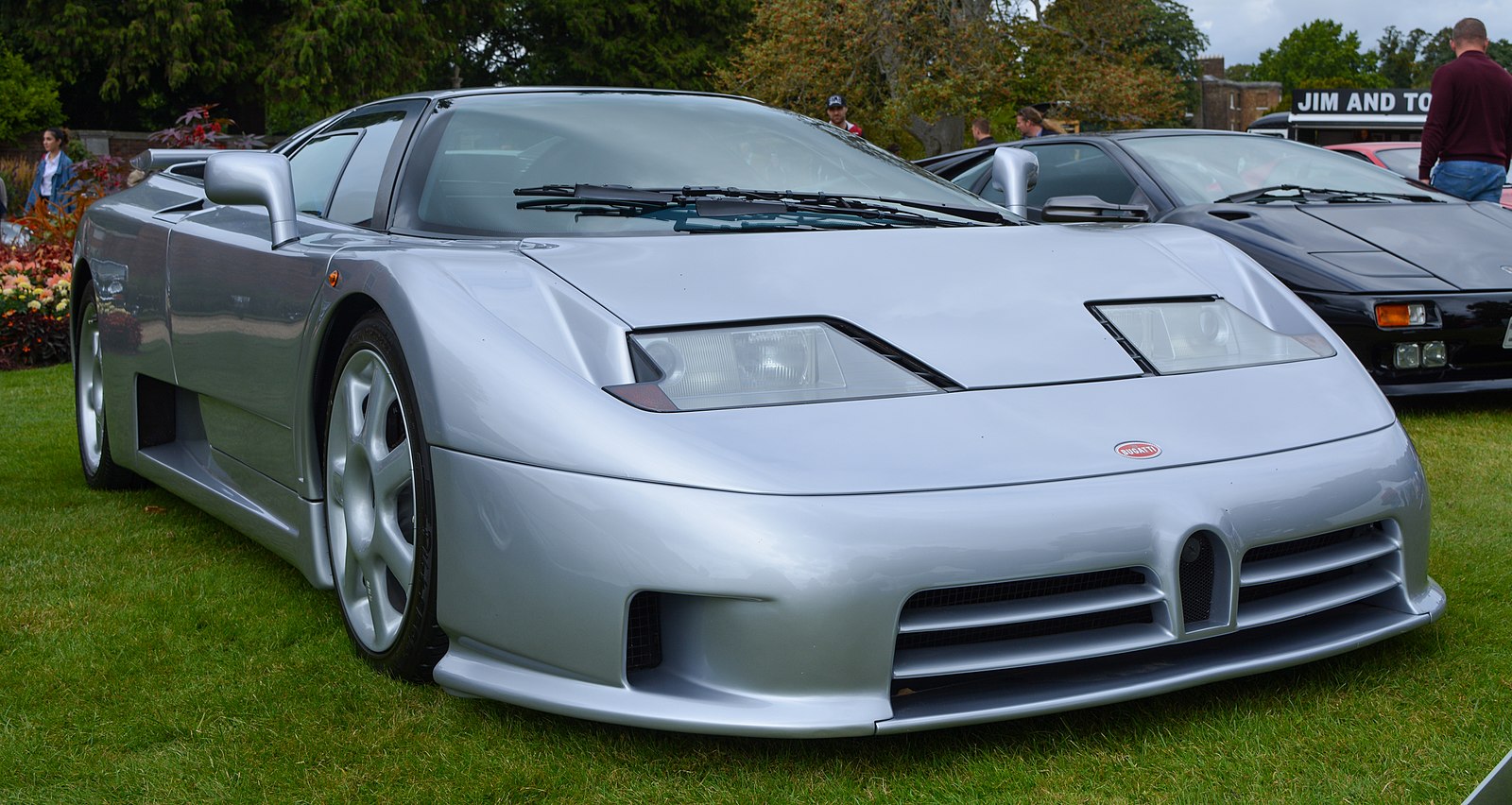
The Bugatti EB110, introduced in 1992, was a groundbreaking supercar that marked the revival of the Bugatti brand. It featured a 3.5-liter quad-turbo V12 engine producing 553 horsepower. The EB110’s advanced technology, including all-wheel drive and carbon fiber construction, along with its stunning design, made it highly desirable and a symbol of automotive excellence.
1995 Renault Sport Spider
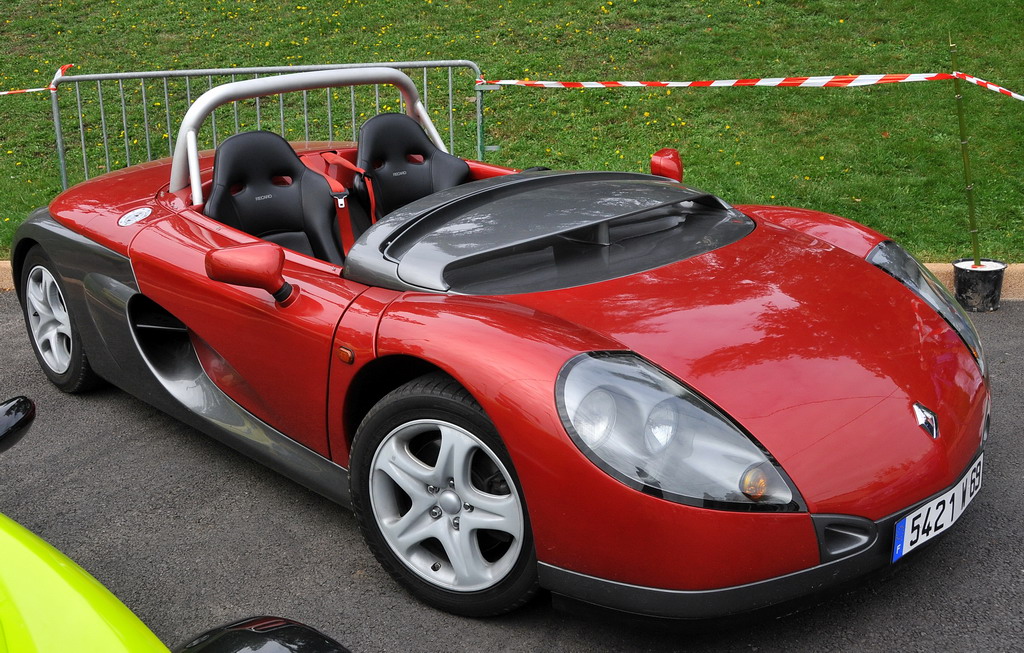
The Renault Sport Spider, launched in 1995, was a lightweight, minimalist sports car designed for pure driving pleasure. It featured a mid-mounted 2.0-liter inline-four engine producing 148 horsepower. The Spider’s open-top design, excellent handling, and unique styling made it highly desirable among driving enthusiasts looking for an uncompromising sports car experience.
2000 Peugeot 406 Coupé
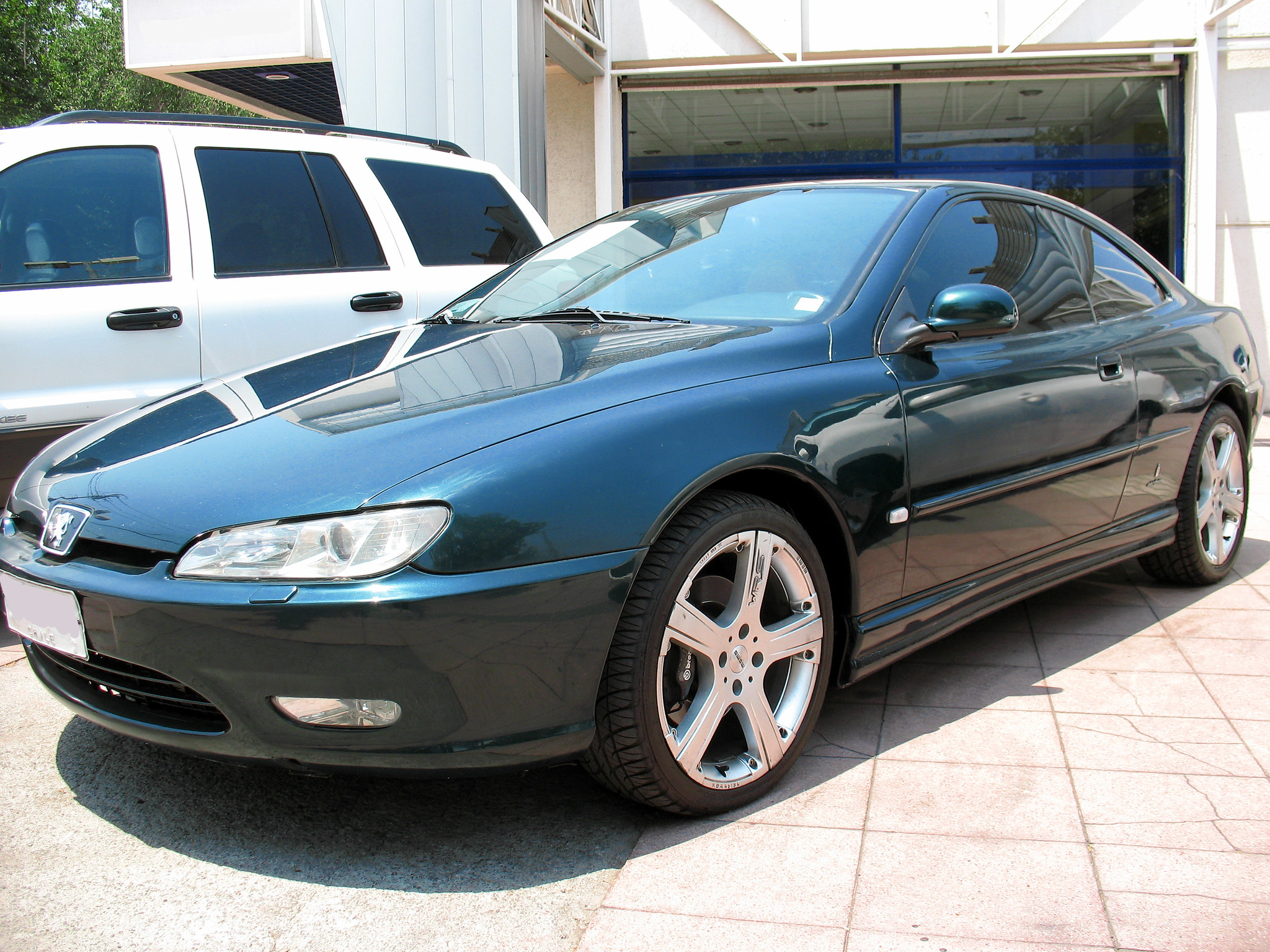
The Peugeot 406 Coupé, introduced in 2000, was a beautifully designed grand tourer by Pininfarina. It featured a range of engines from 2.0-liter inline-four to 3.0-liter V6, offering a blend of performance and comfort. The 406 Coupé’s elegant design, luxurious interior, and smooth ride made it highly desirable as an affordable yet stylish grand tourer.
2005 Bugatti Veyron
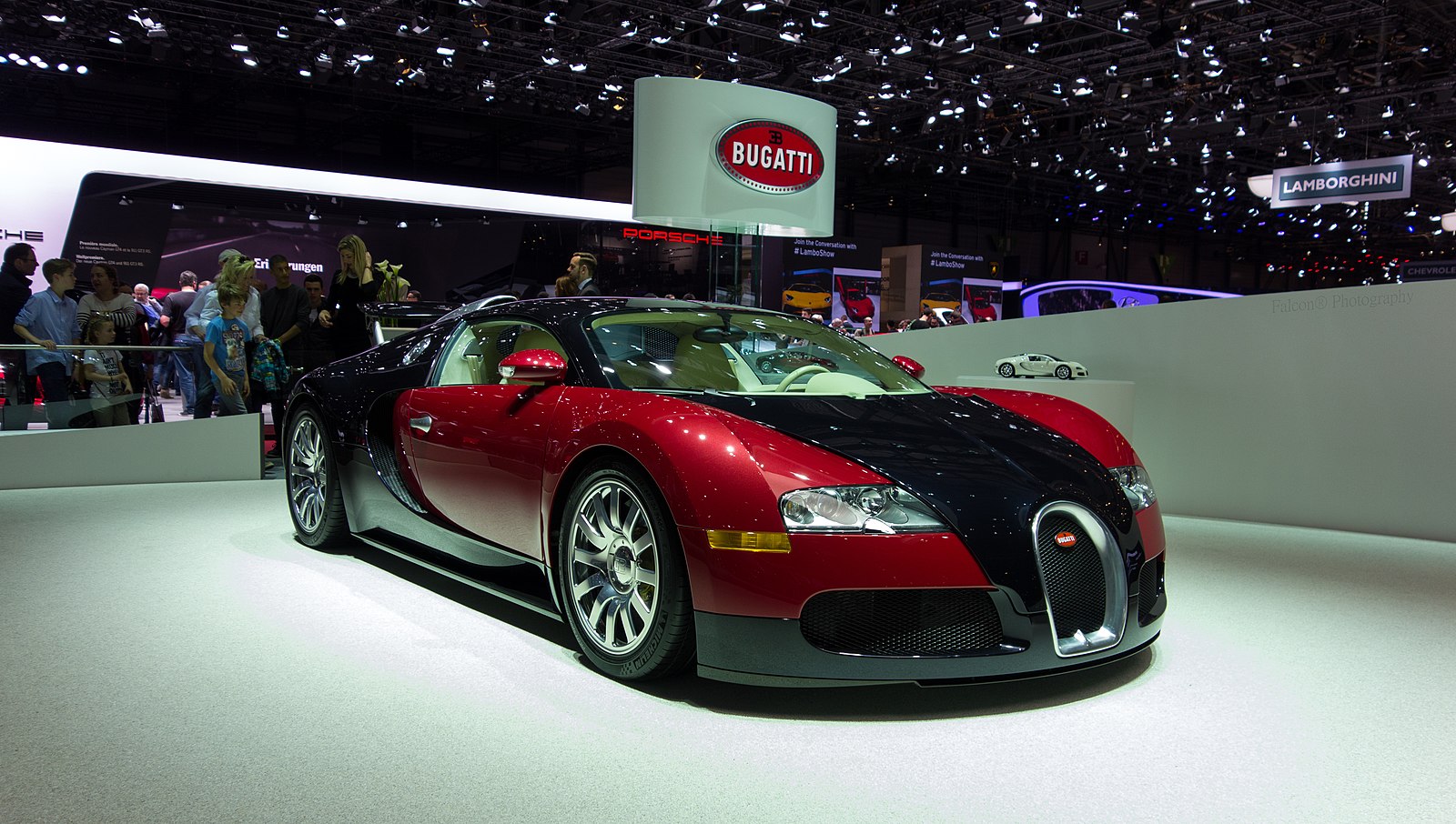
The Bugatti Veyron, launched in 2005, redefined the limits of automotive performance. It featured an 8.0-liter quad-turbo W16 engine producing 1,001 horsepower, making it the fastest production car of its time with a top speed of over 250 mph. The Veyron’s combination of extreme performance, luxury, and advanced technology made it highly desirable and a benchmark for hypercars.
2010 Citroën DS3

The Citroën DS3, introduced in 2010, was a stylish and sporty compact car that revived the DS nameplate. It featured a range of engines from 1.2-liter inline-three to 1.6-liter turbocharged inline-four, offering a blend of performance and efficiency. The DS3’s chic design, customizable options, and agile handling made it highly desirable among young, urban drivers.
2016 Alpine A110
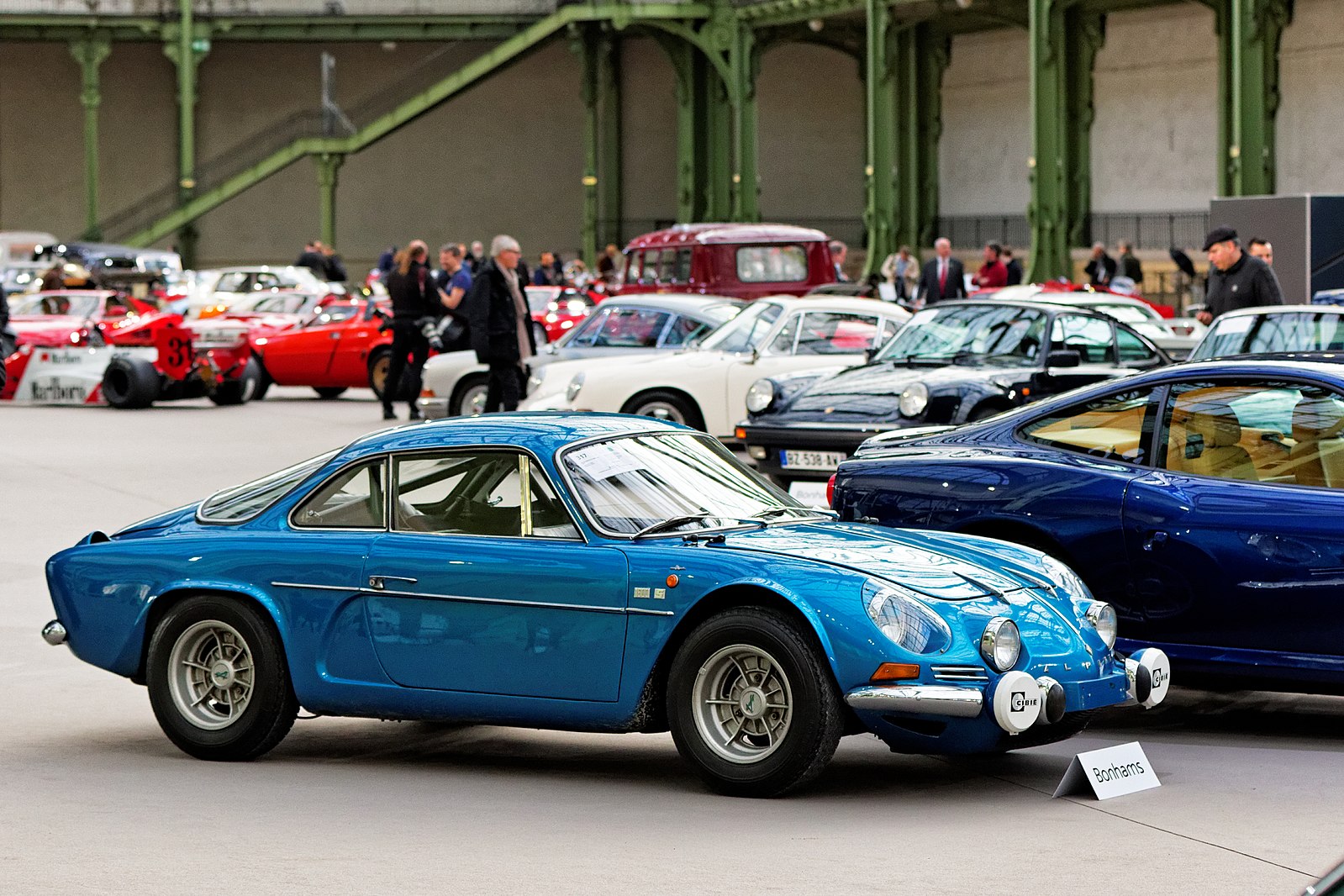
The Alpine A110, relaunched in 2016, is a modern interpretation of the classic A110. It features a mid-mounted 1.8-liter turbocharged inline-four engine producing 252 horsepower. The new A110’s lightweight construction, excellent handling, and retro-inspired design make it highly desirable among sports car enthusiasts, continuing the legacy of the original A110.
This article originally appeared on MyCarMakesNoise.
More from MyCarMakesNoise
17 Car Maintenance Myths Mechanics Can’t Stand

Maintaining your car is essential for keeping it running smoothly and safely. However, not all advice is good advice. In fact, some car maintenance tips can do more harm than good. Read More.
20 Luxury Cars with Big Price Tags and Bigger Problems
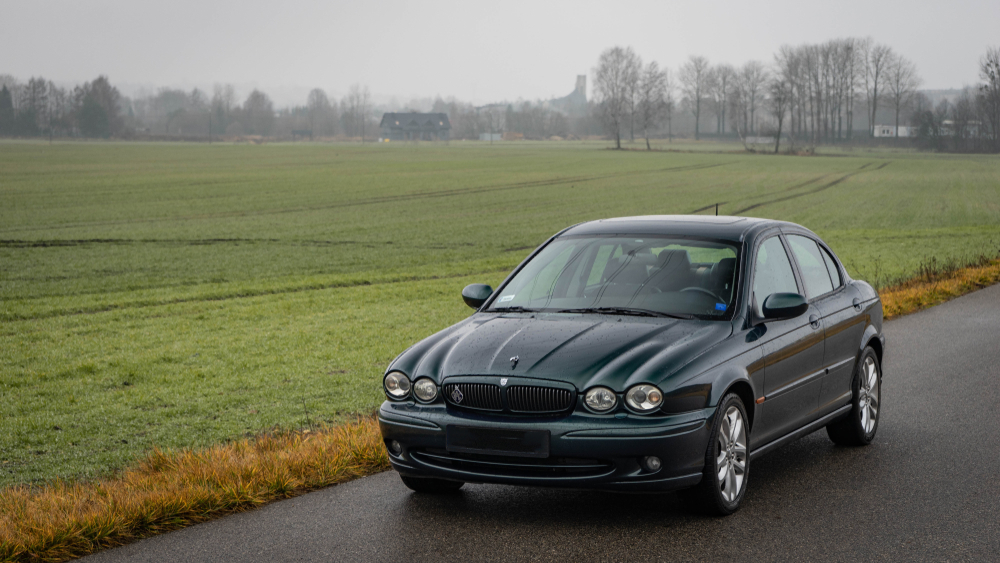
Luxury cars often promise a combination of style, performance, and comfort, but not all models live up to the hype. In this article, we highlight a selection of luxury cars that, despite their prestigious badges and high price tags, fall short in terms of reliability, build quality, and overall value. Read More.
20 Dealer Tactics That Secretly Hike Up Car Prices

Buying a car can be an exciting experience, but it’s important to be aware of the tactics dealers use to inflate prices with unnecessary extras. From overpriced add-ons like window tinting and paint protection to inflated interest rates and hidden fees, these strategies can significantly increase the cost of your new vehicle. Read More.

